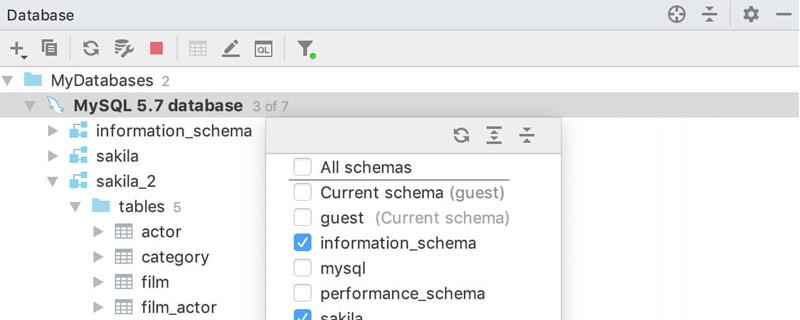Home >Database >Mysql Tutorial >Introducing the library management system based on Java and MySQL
Introducing the library management system based on Java and MySQL
- coldplay.xixiforward
- 2021-01-21 09:32:094053browse

Free learning recommendation: mysql video tutorial
##Java Library Management System
Project Requirements
With the popularity of computers and the improvement of application levels, after investigation and comparison, I decided to use my Java knowledge Develop a small library management system to facilitate the management of books. The library management system is a typical information management system. This assignment uses the JAVA development tool Eclipse and MySQL database to develop this library management system. The system solves the problems of library management and can meet the basic requirements of library management, including functions such as addition and management. This system can provide readers with borrowing services quickly and conveniently according to the needs of users
The book management system should have the following functions:
- Reader library management
- Book library management
- Borrowing Management
- Reader Information Query
Project Address
This project address:https://github.com/wangyunpengbio/Library/ Free download method: Click That "Clone or download", then click "Download ZIP". If you are interested, you can click Star
If you are a beginner and don't know how to download, just download it on csdn
https:/ /download.csdn.net/download/qq_29300341/9667678
Requirement analysis
A.Business process:
| Business process | Requirements | |
|---|---|---|
| Librarian login system | Librarians need to log in with their account number and password. | |
| Add reader information | Add reader information, such as name, gender, position, etc. | |
| Add book information | Add book information, such as book title, price, category, etc. | |
| Reader database management | Select the reader information in the reader database to update and delete it. | |
| Book library management | You can press "Book Number Query" and "Book Title Fuzzy Query" and then select the book information. Updating and deleting books are divided into in-store and loaned books | |
| Borrowing Management | Enter the reader number to check the reader's data and borrowing books, review customer data and purchase records. | |
| Reader login system | Readers need to log in with their account number and password. | |
| Borrowing books | Fuzzy search by book title, select to borrow books | |
| Return books | Review your own reader information and the books you have borrowed, just click Return. Changes or deletions of reader data are not allowed. Only query, change and deletion functions are allowed by the administrator. Responsible. |
#The following is analyzed using the Entity Relationship Model-Entity Relationship.
B. Summarize entities and attributes
| Business process | Corresponding entity | Attribute value of the entity | |
|---|---|---|---|
| Librarian login system | Librarian | nameUser password | |
| Add reader information | Reader | idReader nameReader kind sex password | |
| Add book information | Book Author Publisher | idBook,nameBook,price,kind, author,publisher Author.name, Author.workplace Publisher.name, Publisher.address | |
| Reader library management | Reader | idReader nameReader kind sex password | ##5. |
| Book | idBook nameBook price kind autor publisher | 6. | |
| Borrow | idReader idBook lendDate dueDate overtime | 7. | |
| Reader | idReader password | 8 | |
| Borrow | idReader idBook lendDate dueDate overtime | ##9 | |
| Borrow | idReader idBook lendDate dueDate overtime |
C. Entity model
D.ER-Entity relationship Author,Publisher To Book&Borrow&Reader To Librarian ##Design In the project folder, (total code: 4800 lines)doc folder stores the generated Document comments, you can click on the index file to view the comments of the entire project
Note: The entrances to different interfaces of the program have been All are commented out, MainFrame is the only entrance to the program
|
The above is the detailed content of Introducing the library management system based on Java and MySQL. For more information, please follow other related articles on the PHP Chinese website!




